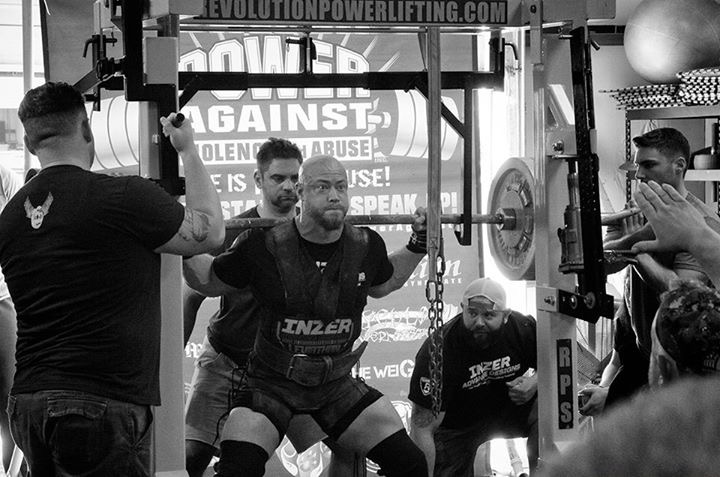
09 Mar When All The Pieces Fall Together
By Will Kuenzel
Way too often trainees are seeking out the perfect program, just the right weak point exercise, or that one piece of equipment that will take their training to the next level. Training and progress are not the result of just one aspect of it. There’s an amazing quote by Aristotle to emphasize this, “The whole is greater than the sum of its parts.” Each piece doesn’t carry with the weight that all of it does. Take a watch apart, all those gears, all those parts. They mean nothing without being together.
[wa-wps]
Training is the same way and more. Each piece of the puzzle means nothing in and of itself but when combined with every other aspect means more, and if properly applied, is amplified. Just how your shoes don’t matter if you are not squatting in them, the same goes for the program if the right exercises are not selected.
However, when the right program is combined with the right exercise selection, combined with the right equipment, then the magic happens. All the parts are synergistic. Everything works and flows smoothly. Sure, a broken clock can be right at least twice a day just like progress can still be made with poor training components. With the right parts, a clock is always right. With the right training components, progress comes easier and faster. The hard part is that the parts of training are dynamic and ever-changing. A watch’s parts are always the same. Our weak points change as our bodies adapt to the programming. The volume of training that used to work, doesn’t any more. We need more volume. As we get stronger, our intensity rises. The program needs to be adjustable for the long term. The exercises need to be flexible.
Brian talks about having a baseline. He also added a whole chapter in his second edition of 10/20/life which you can grab HERE! This is super important when considering what to change. If you don’t know where you are, then you have no idea where to go.
When I consider all the parts it looks like this, going from most important to least important:
- Overall program
- Total weekly volume per sport specific exercise (squat, bench, dead for powerlifters)
- Total weekly volume per accessory exercise
- Appropriate accessory exercise
- Nutrition
- Recovery
- Gear (unless you are a geared lifter, then it would be higher)
- Supplements
- What someone else is doing
As all parts are necessary (except the last one) – some, however, carry more weight than others. Or, are bigger gears if we are keeping with the clock metaphor. One gear can have an effect on another, but by themselves may not really mean much. Nutrition is all well and good but if the training isn’t there – then performance will suffer. If training is there, you’re better off with good nutrition than without it – although you can probably still manage to make progress if your nutrition isn’t in order, albeit to a much lesser degree.
Start at the top. Look at the priorities. Work your way down the list. Ask yourself at each one, do I have this together? Look the program, is it manageable? Can you meet its requirements? Yes? Good, then move down to the next one. Are you doing adequate amount of volume for the highest priority exercises? No? Too much? Not enough? Get it in line. I don’t care if you have the right shoes and the best supplements, without training those things are not enough to overcome the deficit you are putting yourself into.
I talk about how I plan everything out in this article: Planning the Plan
Looking it all over, helps to bring it into perspective.
Daniel Dalenberg talks about engineering a better total here.
I’m particularly fond of the part about training validation and are the needs of the lifter being met.
When we take only parts of training into consideration, we miss the forest for trees. This one tree means nothing by itself. Just like a small gear means nothing to the clock by itself. Pick the priorities. Are you maximizing the highest priorities? Make sure all the pieces fit. Make sure they fit properly and then watch as they synergistically work. That’s when the magic happens. When all the pieces fall together.
“The whole is greater than the sum of its parts.” Aristotle.
Want to learn more about this approach to training? 10/20/Life Second Edition second edition is shipping NOW for FREE!
Low Country Strength
Latest posts by Low Country Strength (see all)
- LCS Off Season Week 7, Session 1-3 - February 20, 2019
- LCS Off Season Week 6, Session 1-3 - February 20, 2019
- LCS Off Season Week 5, Session 1-2 - February 20, 2019







Sorry, the comment form is closed at this time.